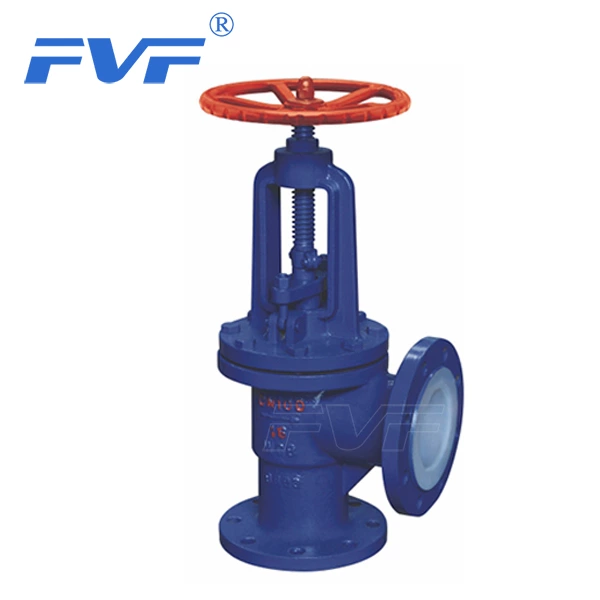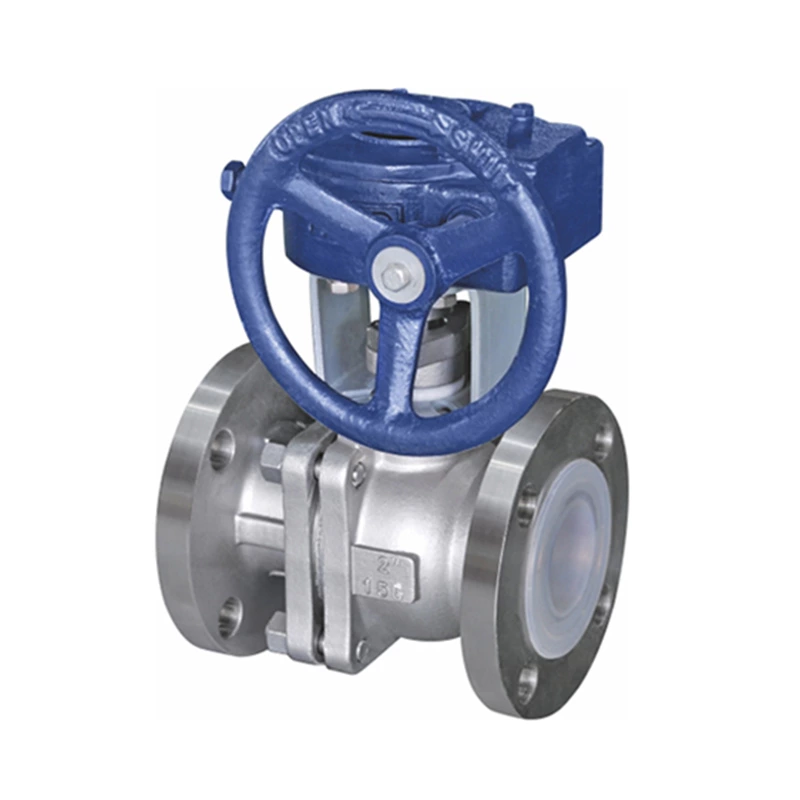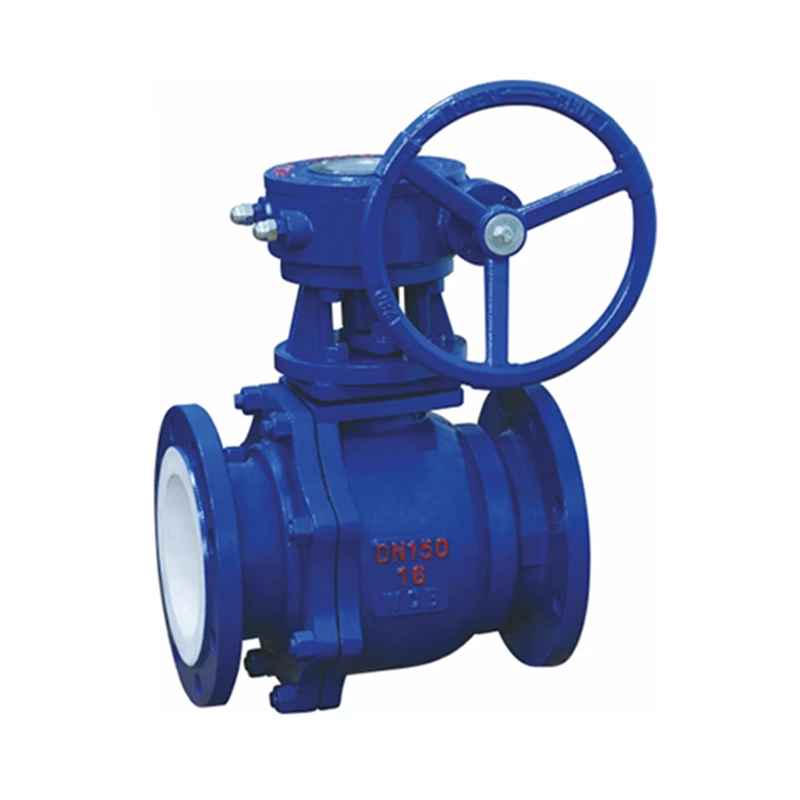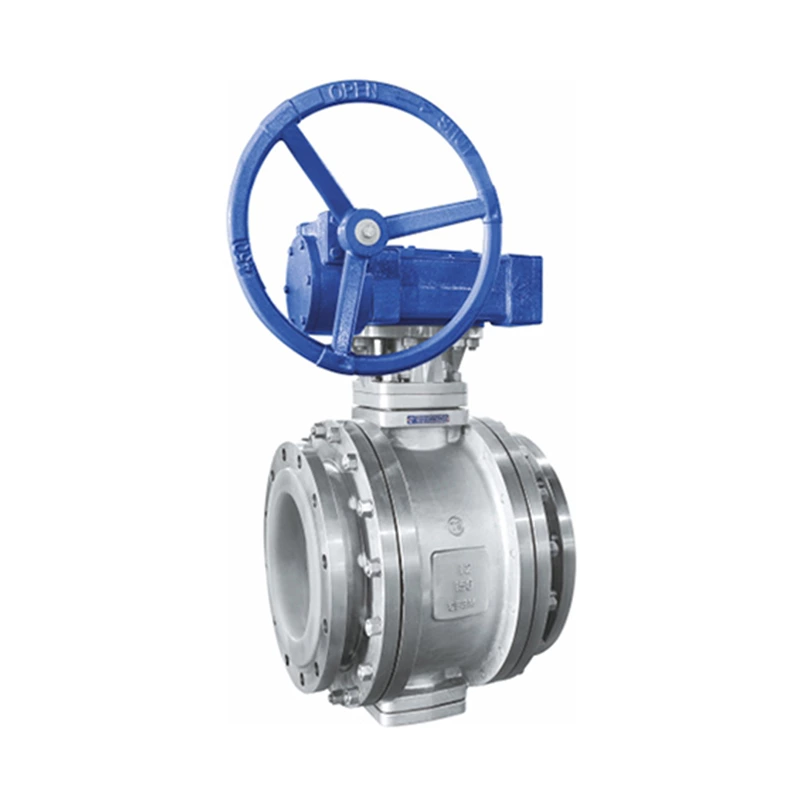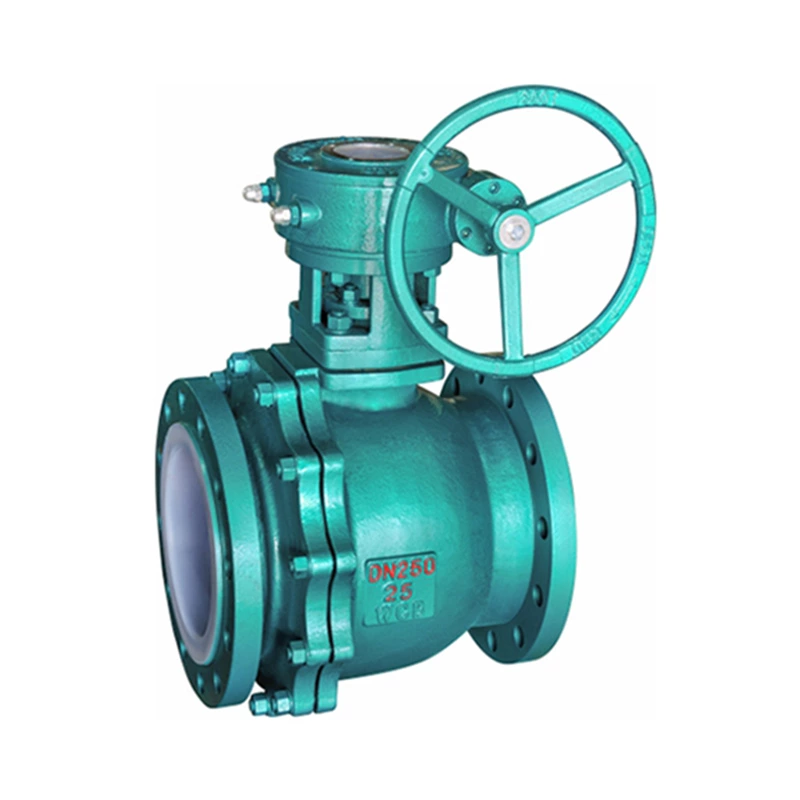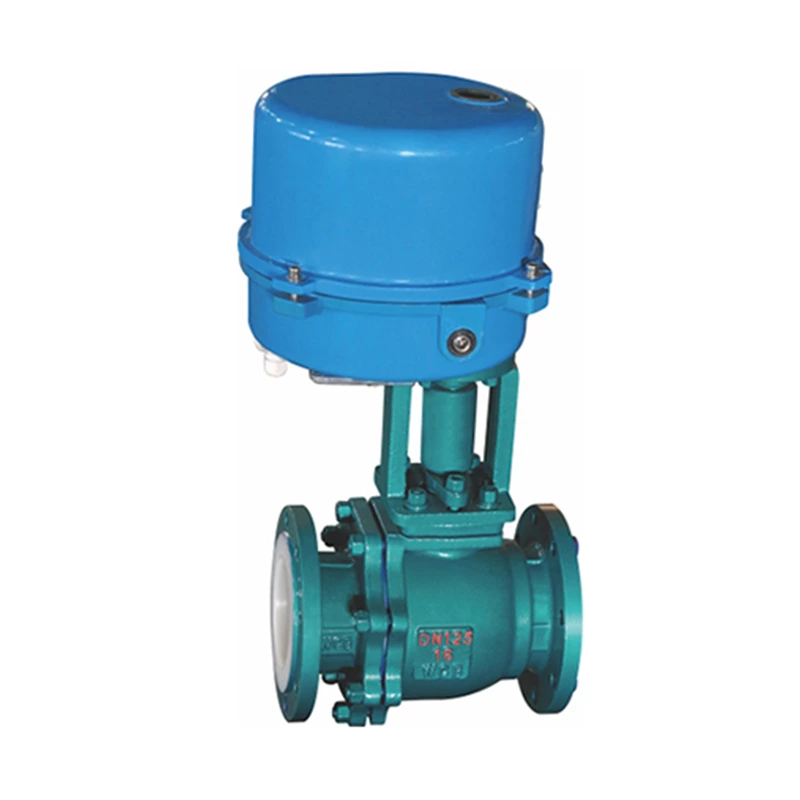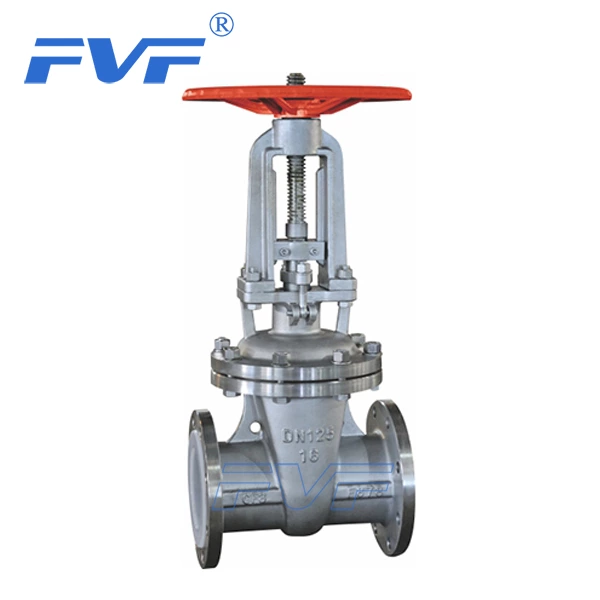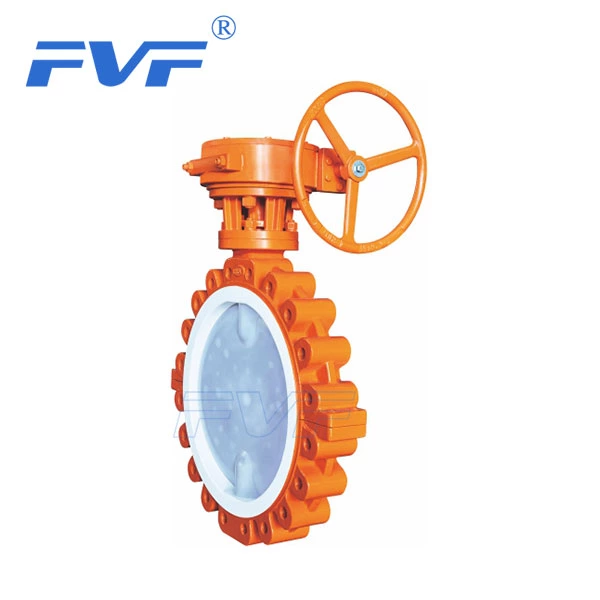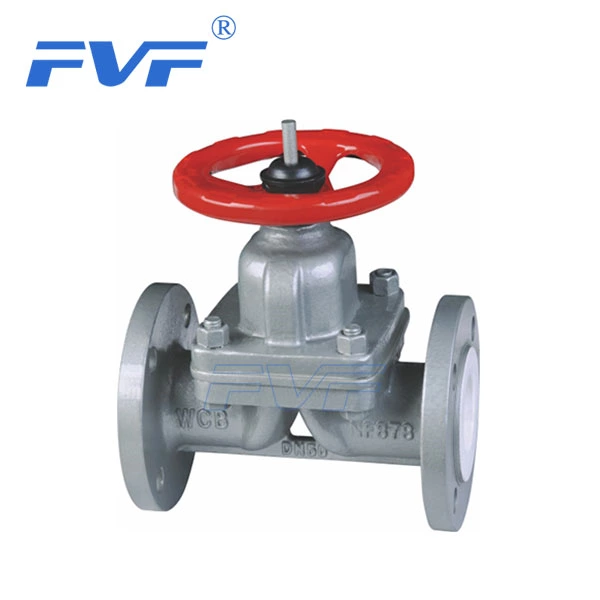The Structure And Advantages And Disadvantages Of Oxygen Stop Valve
Lined Globe Valve structural form:
The structural forms of the stop valve body include straight-through type, direct-flow type and right-angle type. The straight-through type is the most common structure, but its fluid resistance is the largest. The direct-flow type has a small fluid resistance and is mostly used for fluids containing solid particles or high viscosity. The right-angle valve body is mostly forged and is suitable for stop valves with smaller diameters and higher pressures. The oxygen stop valve is a forced sealing valve, so when the valve is closed, pressure must be applied to the valve disc to force the sealing surface to not leak.
The oxygen stop valve has the following advantages:
1. Simple structure, convenient manufacturing and maintenance.
2. Small working stroke, short opening and closing time.
3. Good sealing, small friction between sealing surfaces, and long service life.
The disadvantages of the oxygen stop valve are as follows:
1. The fluid resistance is large, and the force required for opening and closing is large.
2. It is not suitable for media with particles, high viscosity, and easy coking.
3. Poor adjustment performance. Oxygen stop valves and flange stop valves are classified into external thread type and internal thread type according to the position of the valve stem thread. According to the flow direction of the medium, there are straight-through type, direct-flow type and angle type. According to the sealing form, stop valves are divided into packing seal stop valves and bellows seal stop valves.
